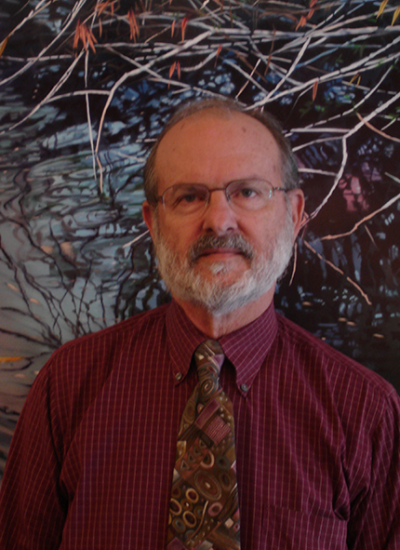Noble, J. A., Nelson, R. G., Fufaa, G. D., Kang, P., Shafir, S. C., & Galgiani, J. N. (2016). Effect of Geography on the Analysis of Coccidioidomycosis-Associated Deaths, United States. Emerging infectious diseases, 22(10), 1821-3.
Because coccidioidomycosis death rates vary by region, we reanalyzed coccidioidomycosis-associated mortality in the United States by race/ethnicity, then limited analysis to Arizona and California. Coccidioidomycosis-associated deaths were shown to increase among African-Americans but decrease among Native Americans and Hispanics. Separately, in a Native American cohort, diabetes co-varied with coccidioidomycosis-associated death.
Galgiani, J. N. (2013). Elements of style in managing coccidioidomycosis. Clinical infectious diseases : an official publication of the Infectious Diseases Society of America, 56(11), 1586-8.
BRASS, C., GALGIANI, J. N., BLASCHKE, T. F., DEFELICE, R., OREILLY, R. A., & STEVENS, D. A. (1982). DISPOSITION OF KETOCONAZOLE, AN ORAL ANTIFUNGAL, IN HUMANS. ANTIMICROBIAL AGENTS AND CHEMOTHERAPY, 21(1), 151-158.
Sampaio, E. P., Hsu, A. P., Pechacek, J., Bax, H. I., Dias, D. L., Paulson, M. L., Chandrasekaran, P., Rosen, L. B., Carvalho, D. S., Ding, L., Vinh, D. C., Browne, S. K., Datta, S., Milner, J. D., Kuhns, D. B., Long Priel, D. A., Sadat, M. A., Shiloh, M., De Marco, B., , Alvares, M., et al. (2013). Signal transducer and activator of transcription 1 (STAT1) gain-of-function mutations and disseminated coccidioidomycosis and histoplasmosis. The Journal of allergy and clinical immunology, 131(6), 1624-34.
Impaired signaling in the IFN-γ/IL-12 pathway causes susceptibility to severe disseminated infections with mycobacteria and dimorphic yeasts. Dominant gain-of-function mutations in signal transducer and activator of transcription 1 (STAT1) have been associated with chronic mucocutaneous candidiasis.
Shubitz, L. F., Trinh, H. T., Perrill, R. H., Thompson, C. M., Hanan, N. J., Galgiani, J. N., & Nix, D. E. (2014). Modeling nikkomycin Z dosing and pharmacology in murine pulmonary coccidioidomycosis preparatory to phase 2 clinical trials. The Journal of infectious diseases, 209(12), 1949-54.
Nikkomycin Z (NikZ) is a chitin synthase inhibitor with activity against Coccidioides species that is being developed as a first-in-class orphan product for treatment of coccidioidomycosis. It has previously been shown to reduce lethal respiratory infections in mice to undetectable levels when treatment is begun 48 hours after infection. The studies described here focus on bracketing NikZ doses for phase 2 and 3 clinical trials, using an established mouse respiratory infection as a model and starting treatment 120 hours after infection. A dose of 80 mg/kg/day, divided into 2 doses, nearly eradicated infection, and larger doses did not improve fungal clearance. Increasing the duration of treatment from 1 week to 3 weeks resulted in a greater percentage of culture-negative mice. Comparative data show that plasma levels of NikZ that nearly eradicate Coccidioides in mice are achievable in patients and provide a plausibly effective dose range for initial phase 2 clinical studies.


